Home>Garden Essentials>How To Harvest Seeds From Carrots
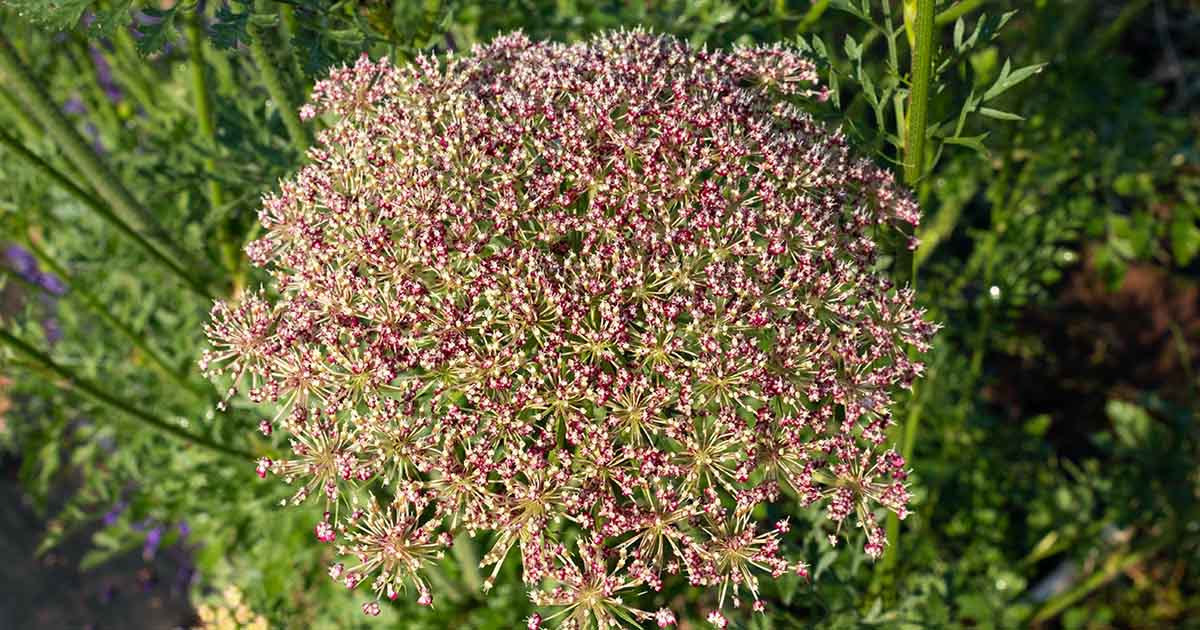

Garden Essentials
How To Harvest Seeds From Carrots
Modified: March 16, 2024
Learn the art of seed harvesting from carrots in your garden. Discover how to collect and store garden seeds for future planting.
(Many of the links in this article redirect to a specific reviewed product. Your purchase of these products through affiliate links helps to generate commission for Storables.com, at no extra cost. Learn more)
Introduction
Welcome to our comprehensive guide on how to harvest seeds from carrots! Carrots are not only delicious and nutritious root vegetables, but they also produce seeds that can be harvested and saved for future planting. If you’re a gardening enthusiast looking to take your gardening skills to the next level, learning how to harvest carrot seeds can be a rewarding and cost-effective endeavor.
Growing carrots from seed is a fun and rewarding experience, as it allows you to have complete control over the entire growth process. By selecting the right carrots for seed harvesting, allowing them to mature, and understanding the process of flower and seed formation, you can successfully harvest and store carrot seeds for future use.
In this guide, we will take you through each step of the process, from selecting the right carrots for seed harvesting all the way to storing the seeds for future planting. So grab your gardening gloves and let’s dive in!
Key Takeaways:
- To harvest carrot seeds, choose healthy, mature carrots and allow them to grow for an extra year. Carefully monitor the flowering and seed formation process, then harvest, clean, dry, and store the seeds for future planting.
- Select open-pollinated or heirloom carrot varieties for viable seeds. After the carrots mature, carefully harvest the seeds, clean and dry them, and store in a cool, dark place for long-term viability.
Read more: How To Harvest Seeds From Lettuce
Step 1: Selecting the Right Carrots for Seed Harvesting
When it comes to harvesting seeds from carrots, the first and most crucial step is selecting the right carrots for seed production. Not all carrots are suitable for seed harvesting, so it’s important to choose the right varieties from the start.
Here are some important factors to consider when selecting carrots for seed harvesting:
- Variety: Choose open-pollinated or heirloom carrot varieties, as they are more likely to produce viable seeds. Hybrid varieties can also be used, but keep in mind that the offspring may not be true to the parent plant.
- Health and Vigor: Select carrots that are healthy, disease-free, and vigorous. Avoid plants with signs of disease, insect damage, or wilting.
- Size: Look for carrots that have reached their full size and are starting to show signs of maturity. Larger carrots are generally preferred for seed production.
- Flavor and Quality: Choose carrots that have a desirable flavor and texture, as the characteristics of the parent plant will influence the quality of the seeds.
It’s also important to note that carrots are biennial plants, which means they have a two-year life cycle. In the first year, they produce edible roots, and in the second year, they produce flowers and seeds. So when selecting carrots for seed harvesting, keep in mind that you will need to let them grow for an additional year.
Once you’ve selected the right carrots for seed harvesting, it’s time to move on to the next step: allowing the carrots to mature.
Step 2: Allowing Carrots to Mature
After selecting the right carrots for seed harvesting, the next step is to allow the carrots to mature. This means letting the plants grow for an additional year, as carrots are biennial plants with a two-year life cycle. During this second year, the focus shifts from growing edible roots to producing flowers and seeds.
Here are some important considerations for allowing carrots to mature:
- Leave the Carrots in the Ground: Once the first year’s carrot crop has finished, leave the chosen plants in the ground. Mulch around them to protect the roots from freezing during the winter months.
- Provide Adequate Space: Carrots need space to grow and develop properly. Make sure to thin out the seedlings, leaving about 4-6 inches of space between each plant.
- Manage Watering: Provide consistent moisture to the plants, but avoid overwatering, as it can cause root rot. Aim for evenly moist soil throughout the growing season.
- Monitor Weeds and Pests: Regularly monitor the carrot plants for weeds and pests. Remove any weeds that compete for nutrients and water, and take necessary measures to control common carrot pests, such as carrot rust fly or aphids.
- Observe Flowering Time: Carrots typically flower in their second year, usually during early to mid-summer. Keep an eye out for the development of flower stalks and blooms.
Allowing the carrots to mature and go through their natural growth cycle is essential for successful seed production. Once the flowers have bloomed and the seeds begin to form, it’s time to move on to the next step: carrot flowering and seed formation.
Step 3: Carrot Flowering and Seed Formation
As the carrots mature in their second year, they will eventually enter the flowering stage. This is an exciting time in the seed harvesting process, as it marks the beginning of seed formation. Carrot flowers are small and delicate, with clusters of white or yellow blooms that attract pollinators.
Here’s what you need to know about carrot flowering and seed formation:
- Flower Development: Carrot flowers usually appear in the second year, around early to mid-summer. Each flower head contains numerous tiny individual flowers, which are pollinated by insects like bees and butterflies.
- Pollination: Carrots are primarily insect-pollinated, meaning that they rely on insects to transfer pollen from the male flower parts (stamen) to the female flower parts (pistil). To encourage pollination, provide a diverse and insect-friendly garden environment.
- Seed Formation: After successful pollination, the fertilized flowers will start to develop into seeds. This process can take several weeks to months, depending on the variety and environmental conditions.
- Umbel Drying: As the seeds mature, the flower umbels will start to dry out and turn brown. This is a sign that the seeds are nearly ready for harvest.
While the carrot flowers are developing and the seeds are forming, it is important to monitor the plants closely. Ensure they receive adequate water and nutrients, and protect them from extreme weather conditions and pests. As the seed heads begin to dry, it’s time to move on to the next step: harvesting the carrot seeds.
After the carrot plant has flowered and the seeds have formed, gently shake the seed heads into a paper bag to collect the seeds. Allow the seeds to dry completely before storing them in a cool, dry place.
Step 4: Harvesting Carrot Seeds
Once the carrot seed heads have dried out and turned brown, it’s time to harvest the carrot seeds. Harvesting carrot seeds requires careful attention to ensure that the seeds are collected at the right time and handled properly. Follow these steps to successfully harvest carrot seeds:
- Prepare the Harvesting Tools: Before beginning the seed harvesting process, gather the necessary tools. You’ll need a pair of pruning shears or scissors for cutting the seed heads, a clean container to collect the seeds, and a paper bag or envelope for storing the harvested seeds.
- Cut the Seed Heads: Carefully cut the dried seed heads from the carrot plants using the pruning shears or scissors. Hold the seed head firmly near the base and make a clean-cut to separate it from the stem.
- Collect the Seeds: Place the cut seed heads into the clean container and gently rub or tap them to release the seeds. Ensure that the container is clean and free from any debris or moisture that could affect the quality of the seeds.
- Remove Debris: After collecting the seeds, inspect them and remove any chaff or remaining bits of plant material. This will help ensure that you have clean and viable seeds for storage and future planting.
It’s important to note that carrot seeds are small and lightweight, so be cautious when handling them to prevent any accidental loss or mix-ups. Additionally, harvesting seeds from multiple carrot varieties should be done separately to maintain their purity and prevent cross-pollination.
Now that you have successfully harvested the carrot seeds, it’s time to move on to the next step: cleaning and drying the seeds for storage.
Read more: How To Harvest Seeds From Flowers
Step 5: Cleaning and Drying Carrot Seeds
After harvesting carrot seeds, it is important to clean and dry them properly before storing them for future use. Cleaning and drying the seeds help remove any remaining plant debris and ensure their longevity and viability. Here’s how to clean and dry carrot seeds:
- Separate the Seeds: Transfer the harvested seeds from the collection container onto a clean, dry surface. Gently separate any clusters or clumps of seeds to ensure that they dry evenly.
- Remove Debris: Carefully remove any remaining plant material, chaff, or debris from the seeds. You can use a fine-mesh sieve or a seed cleaning screen to sift through the seeds and separate them from unwanted matter.
- Air Dry: Once the seeds are clean, spread them out in a single layer on a clean and dry surface, such as a tray or a screen. Place the seeds in a well-ventilated area away from direct sunlight to air dry. Stir or gently agitate the seeds daily to ensure even drying.
- Monitor Moisture Levels: Throughout the drying process, it’s crucial to monitor the moisture levels. The seeds should be fully dry before storage to prevent mold or fungal growth. Depending on the humidity and temperature, the drying process may take anywhere from several days to a few weeks.
- Test for Dryness: To check if the seeds are dry enough for storage, perform a seed moisture test. Seeds should be brittle and break easily when bent. If there is any flexibility or signs of moisture, continue drying until the seeds reach the desired dryness.
Remember to label and keep track of the seed varieties to avoid any confusion during storage and future planting. Once the seeds are properly cleaned and dried, it’s time to move on to the final step: storing the carrot seeds for future use.
Step 6: Storing Carrot Seeds for Future Use
Properly storing carrot seeds is crucial to maintain their viability and ensure successful germination in the future. With the right storage conditions, carrot seeds can remain viable for several years. Here’s how to store carrot seeds:
- Ensure Dryness: Before storing the carrot seeds, make sure they are completely dry. Any moisture left in the seeds can lead to mold or deterioration.
- Use Airtight Containers: Transfer the dried carrot seeds into airtight containers, such as glass jars or seed storage envelopes. These containers will help protect the seeds from moisture, light, and pests.
- Label and Date: It’s essential to label the containers with the variety name and the date of seed harvest. This information will be helpful when planning future plantings and ensuring seed freshness.
- Cool and Dark Storage: Store the labeled containers in a cool, dark, and dry location. A temperature of around 32-41°F (0-5°C) is ideal for seed storage. Avoid storing seeds in areas with fluctuating temperatures or high humidity, such as basements or kitchens.
- Regularly Check for Viability: Over time, it is recommended to periodically check the viability of stored carrot seeds by conducting germination tests. This will help determine the storage life of the seeds and their potential to produce healthy seedlings.
Be mindful that carrot seeds have different storage duration based on their variety and how well they have been stored. Some carrot seeds can remain viable for up to 3-4 years, while others may have a shorter storage life. Always prioritize using the freshest seeds for optimal germination rates.
By following these guidelines for storing carrot seeds, you can ensure the long-term viability and success of your seed collection. Happy gardening!
Conclusion
Congratulations! You have now completed our comprehensive guide on how to harvest seeds from carrots. By following the step-by-step process, you have gained the knowledge and skills to successfully harvest, clean, dry, and store carrot seeds for future planting.
Harvesting seeds from carrots not only allows you to save money on purchasing new seeds but also empowers you to have complete control over your garden’s future growth. Additionally, by selecting the right carrots for seed harvesting and giving them the proper care and attention, you can ensure the production of high-quality seeds that will yield bountiful and delicious crops in the seasons to come.
Remember, selecting the right carrots for seed harvesting, allowing them to mature, understanding the process of flowering and seed formation, and properly harvesting, cleaning, and drying the seeds are all critical steps in the process. Storing the seeds in the right conditions and regularly checking for their viability will also ensure their long-term success.
Now that you possess the knowledge and skills to harvest carrot seeds, it’s time to put them into practice and start enjoying the benefits of homegrown carrots. So roll up your sleeves, get your gardening tools ready, and start your journey to becoming a skilled seed harvester. Happy gardening!
Frequently Asked Questions about How To Harvest Seeds From Carrots
Was this page helpful?
At Storables.com, we guarantee accurate and reliable information. Our content, validated by Expert Board Contributors, is crafted following stringent Editorial Policies. We're committed to providing you with well-researched, expert-backed insights for all your informational needs.
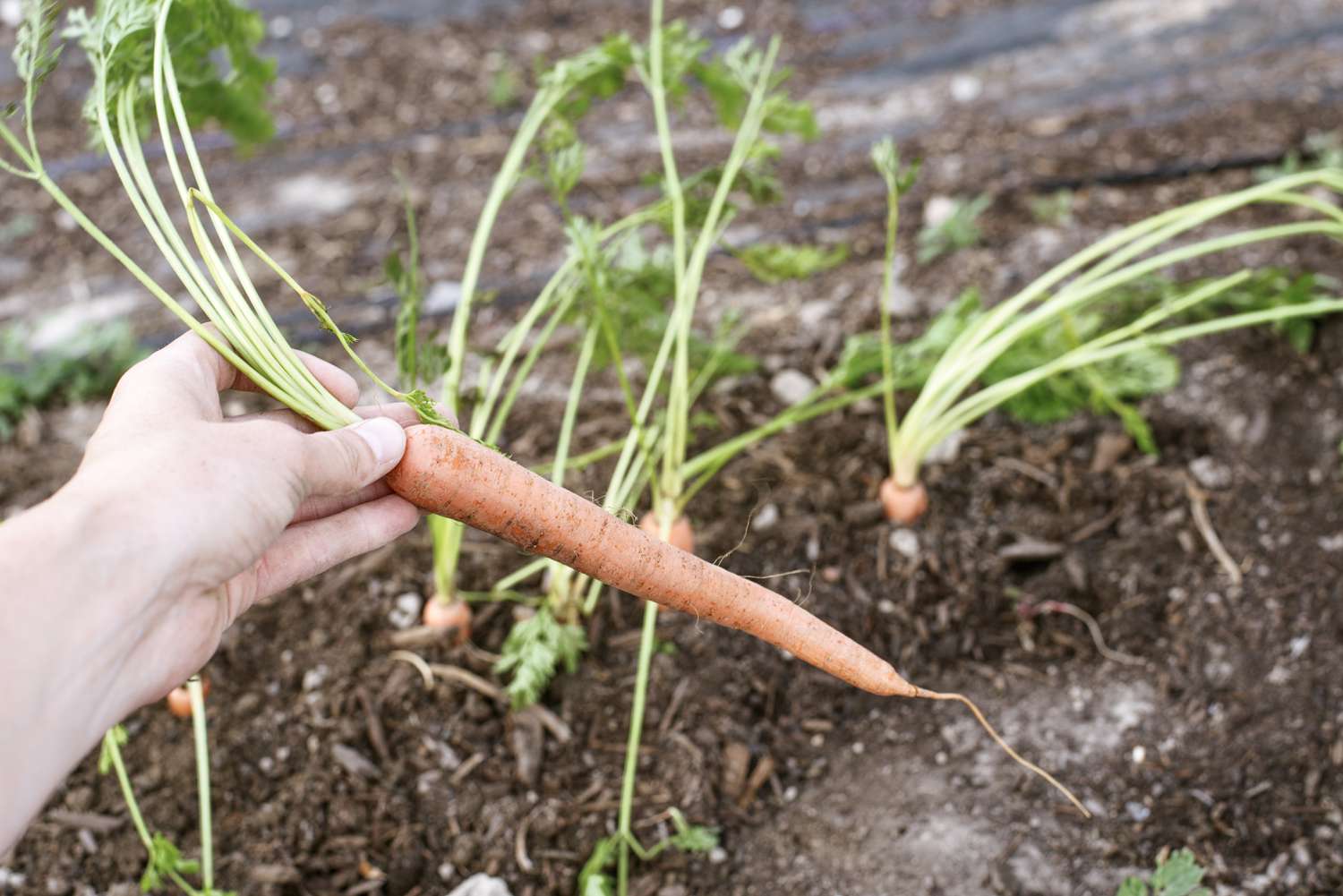
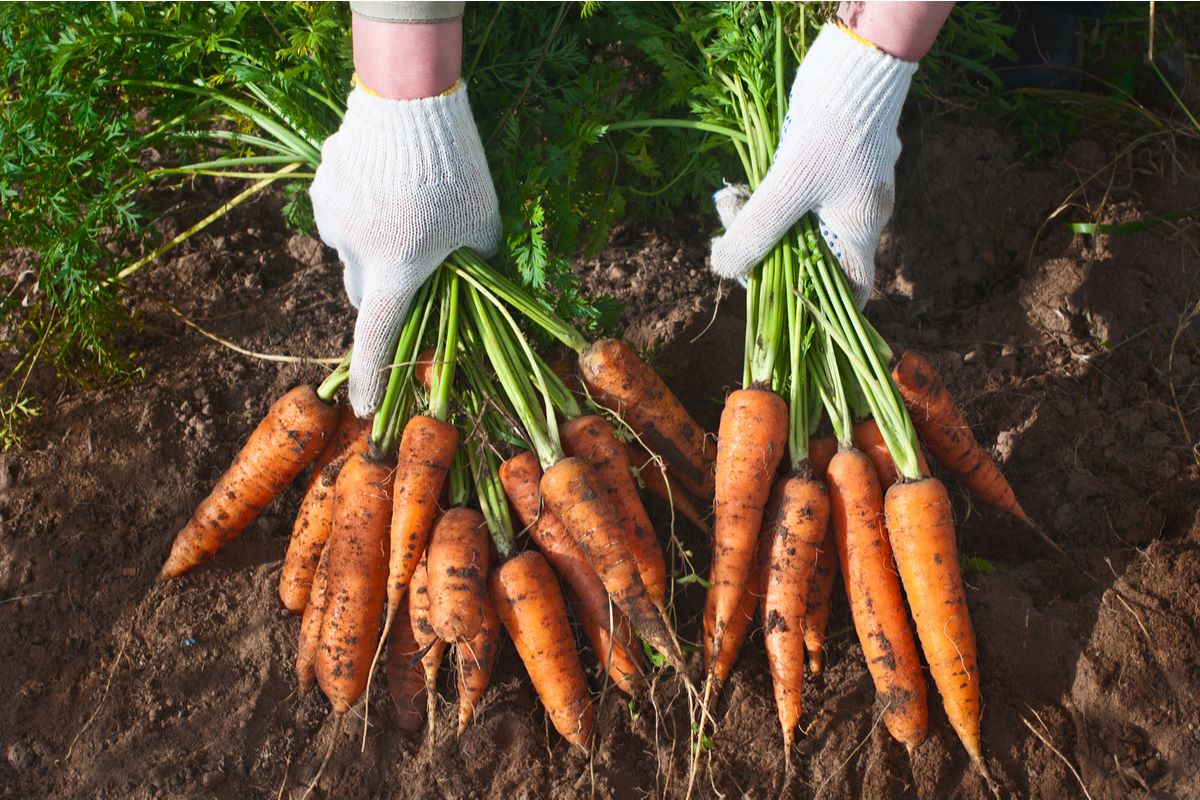
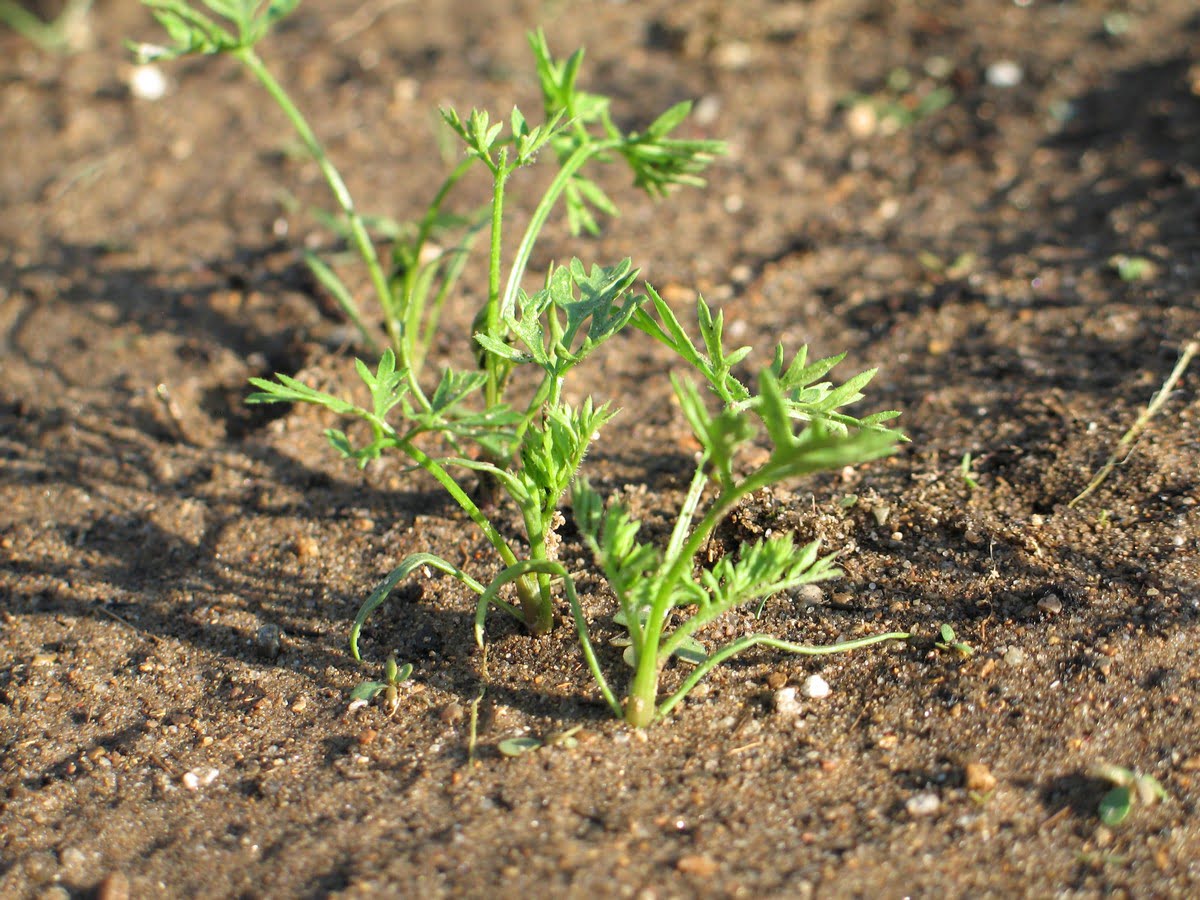
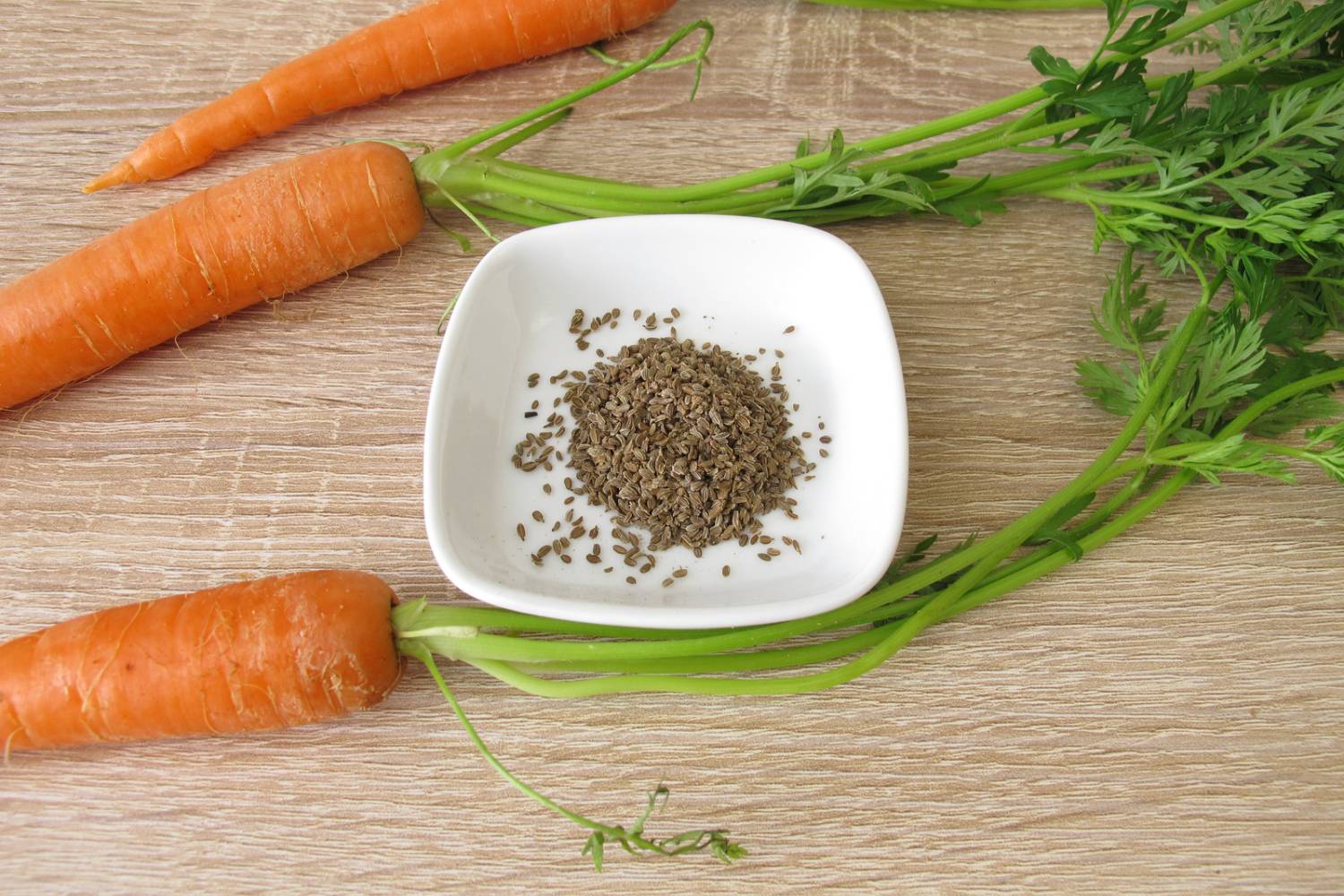
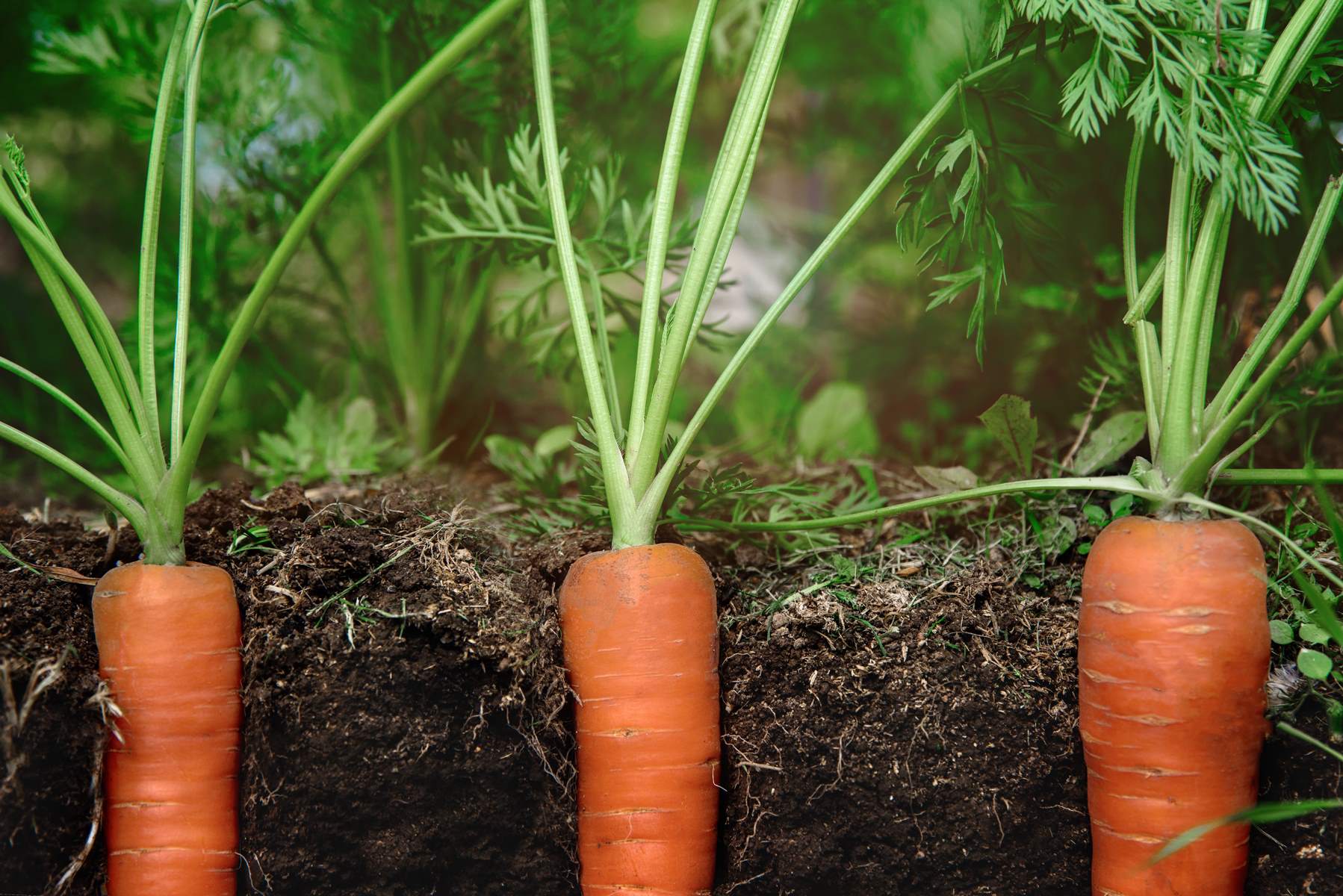
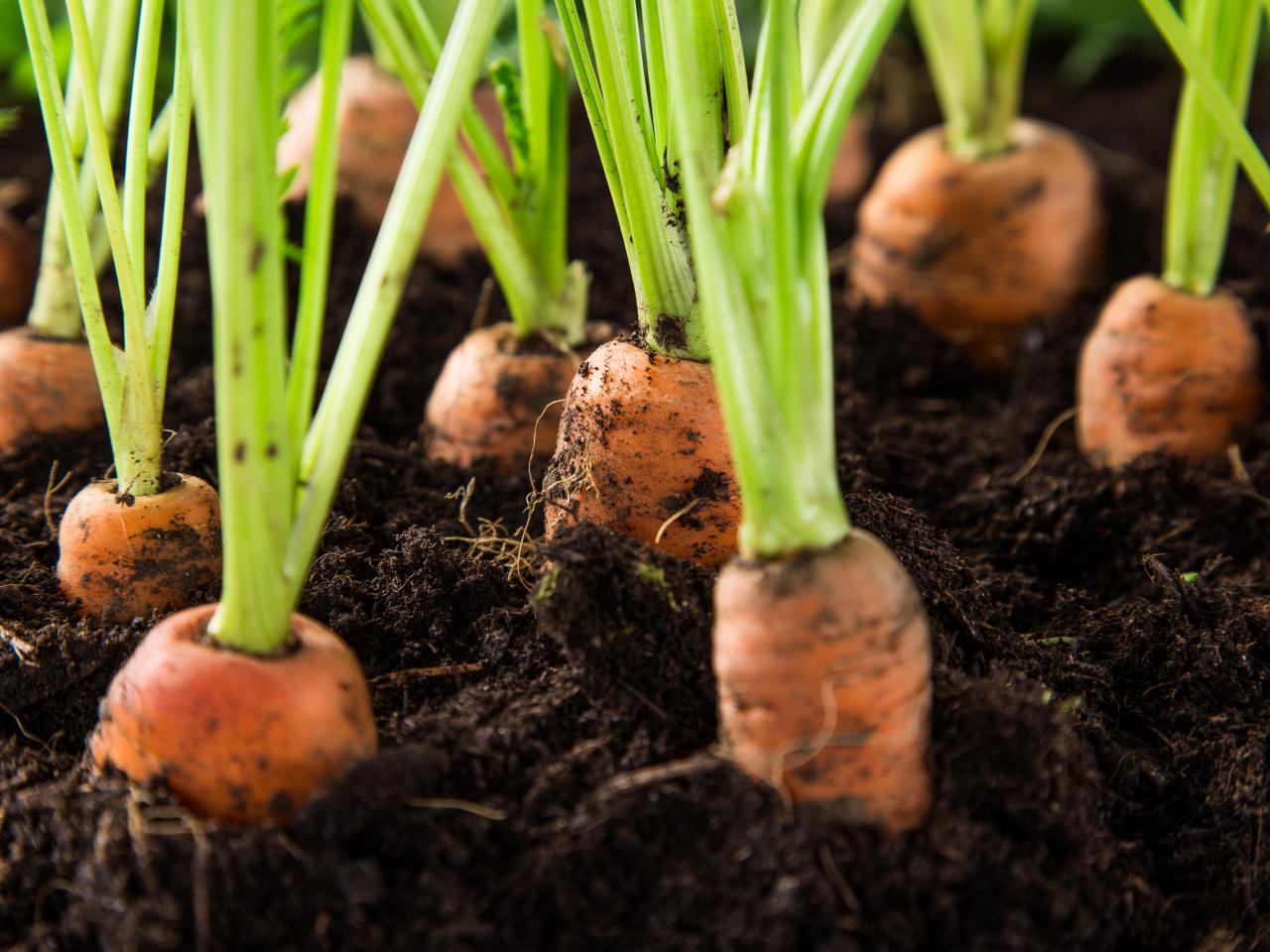
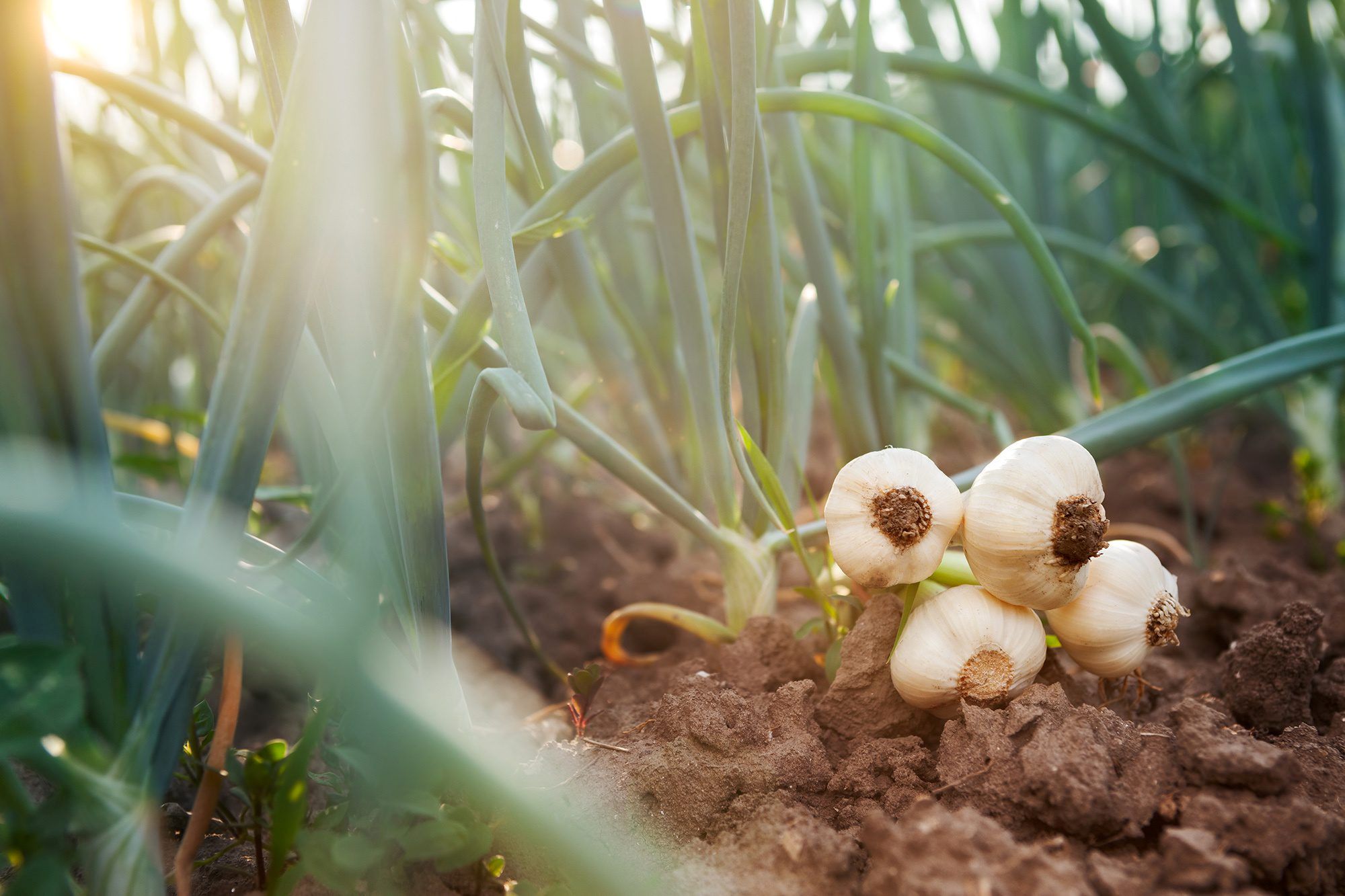
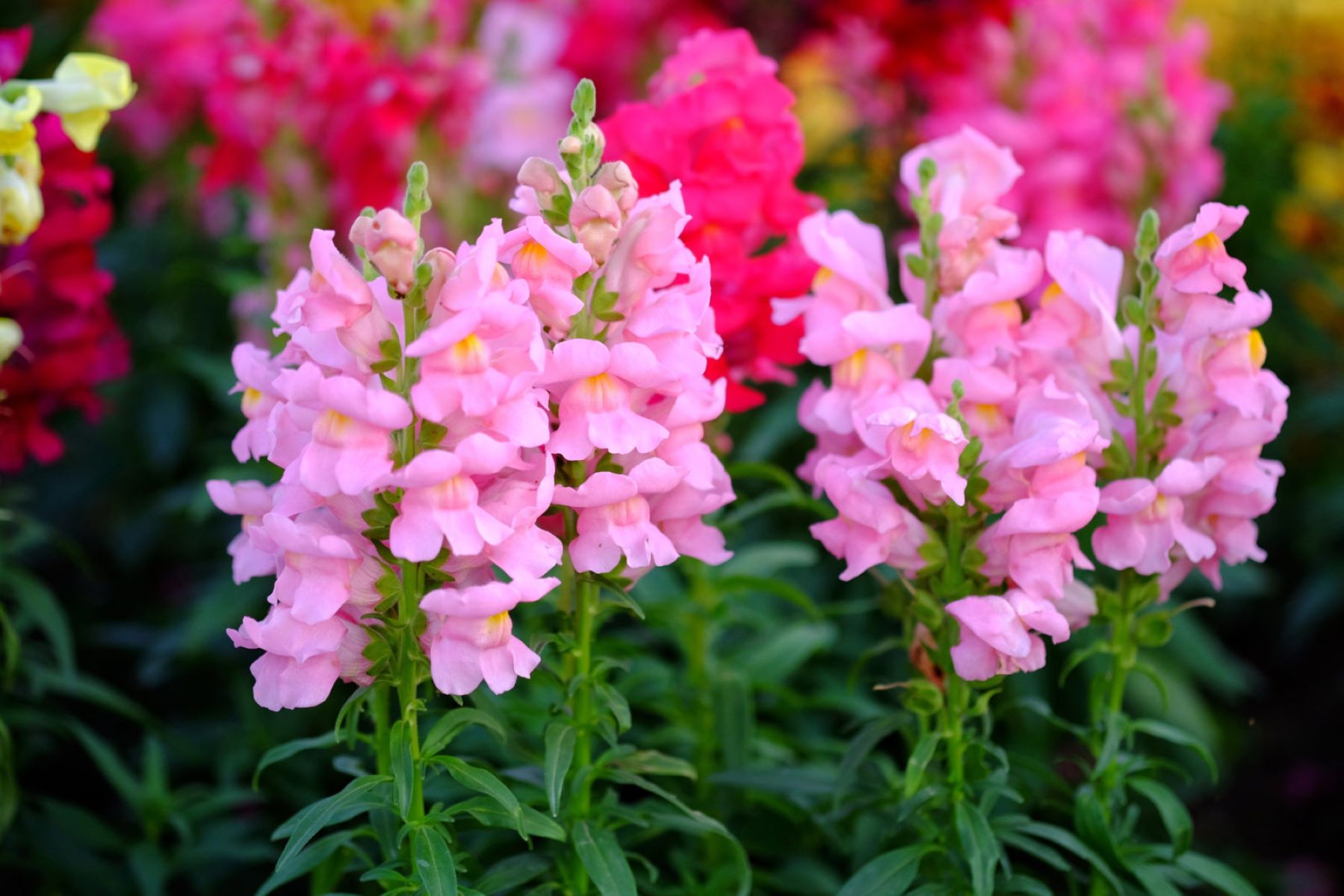
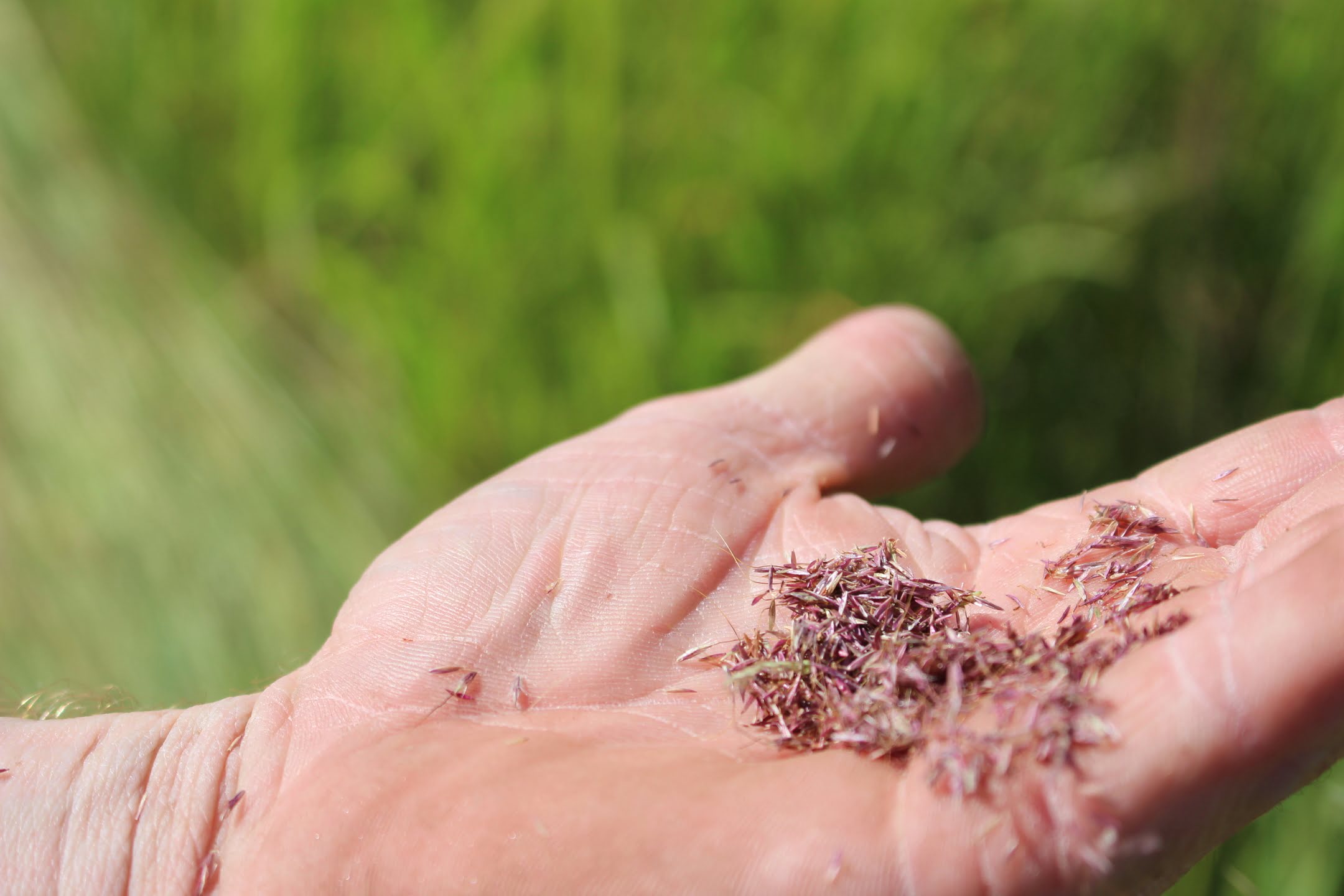
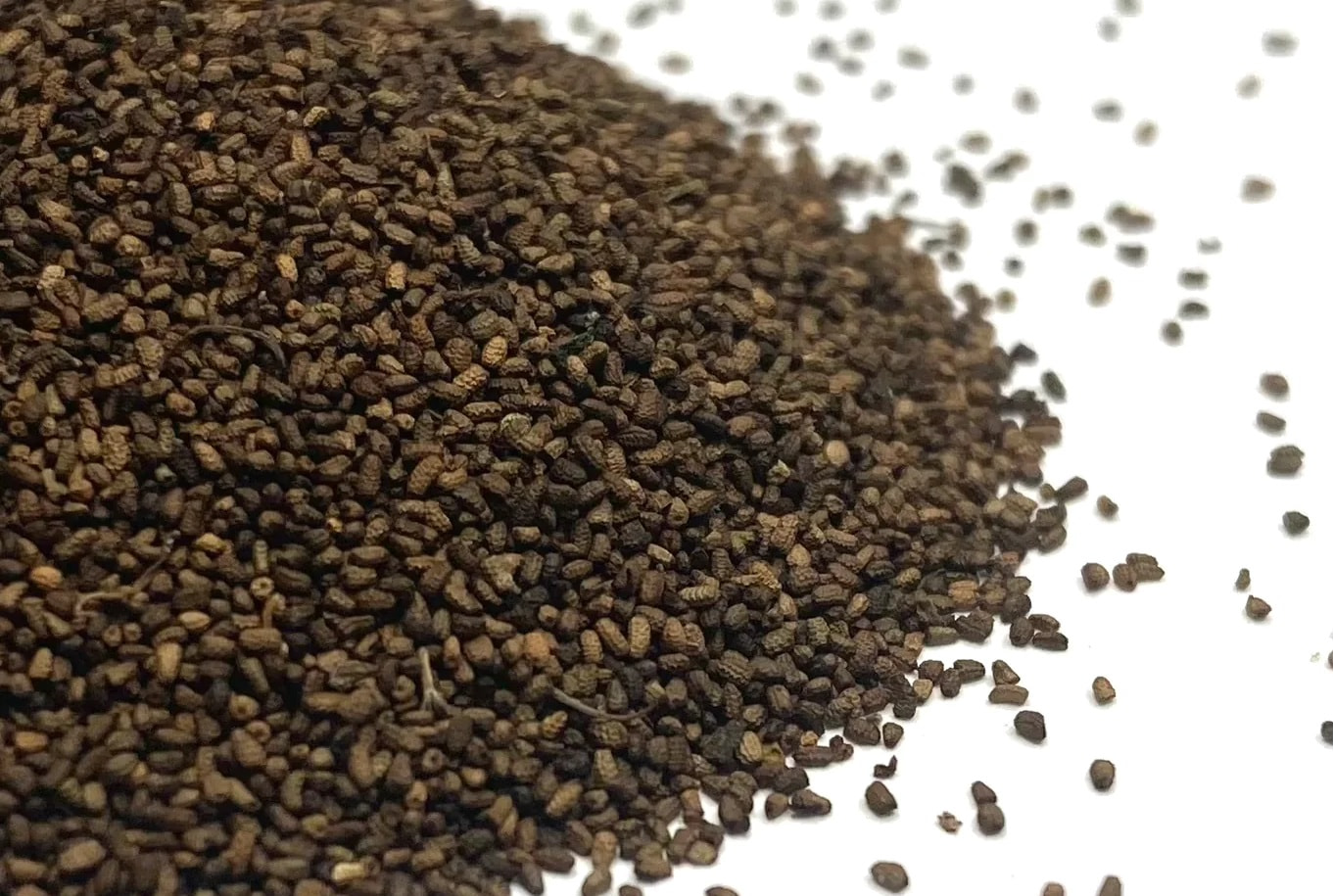
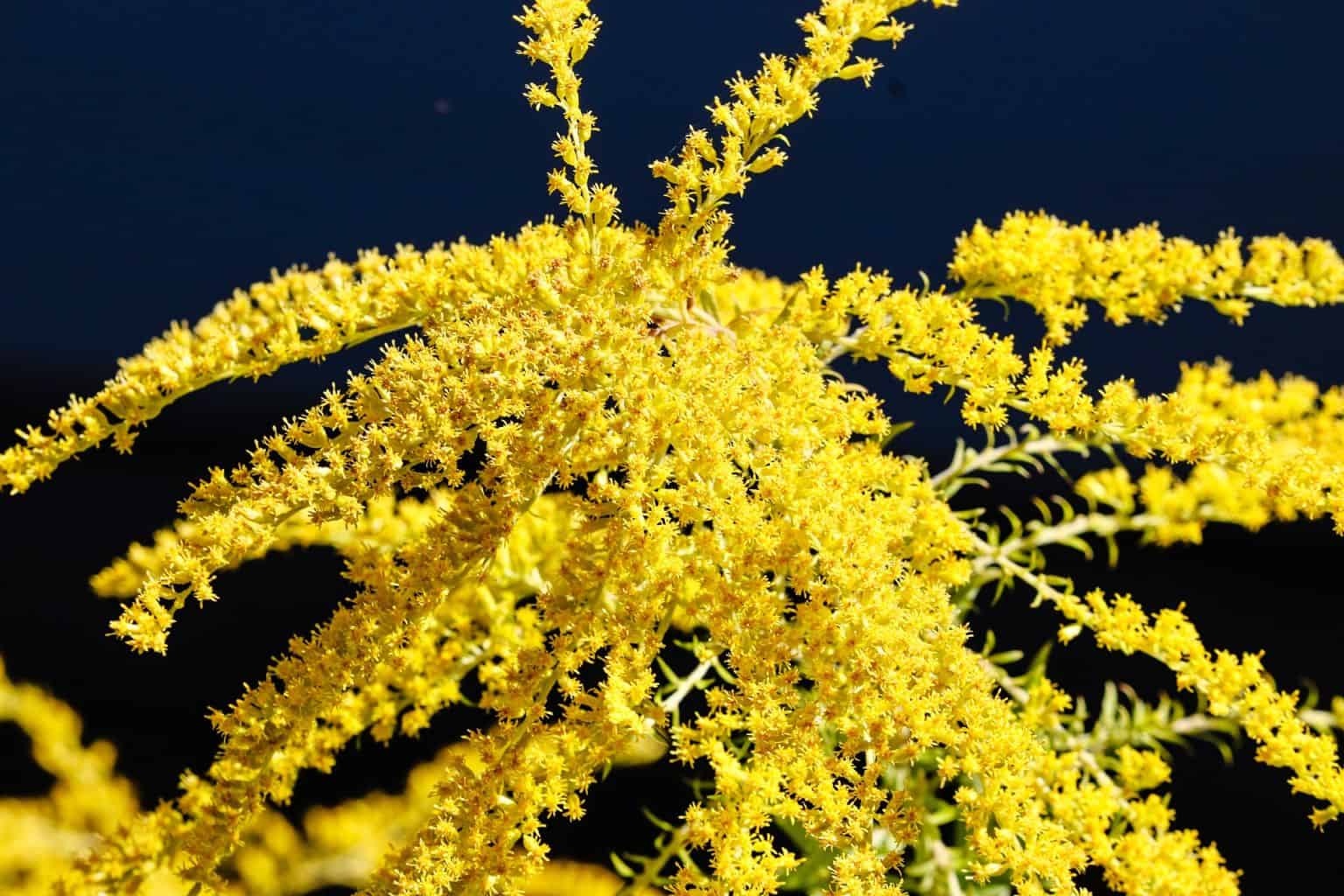
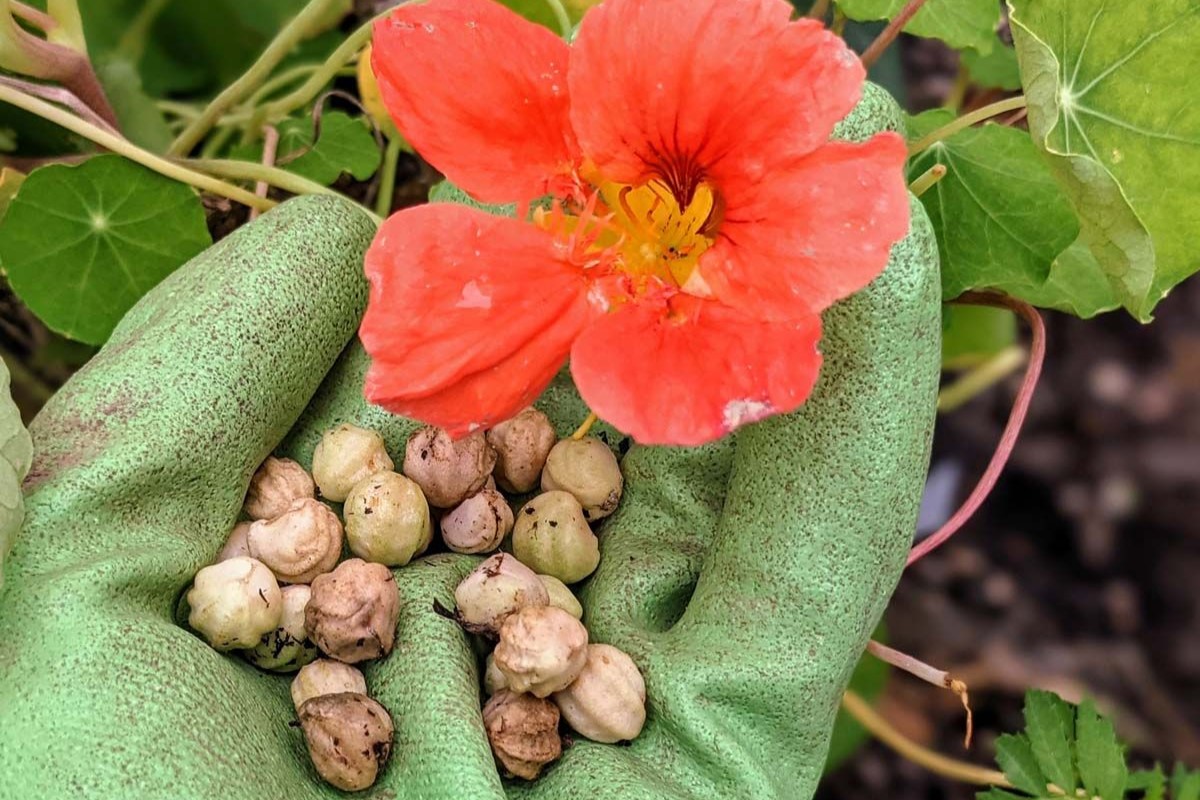
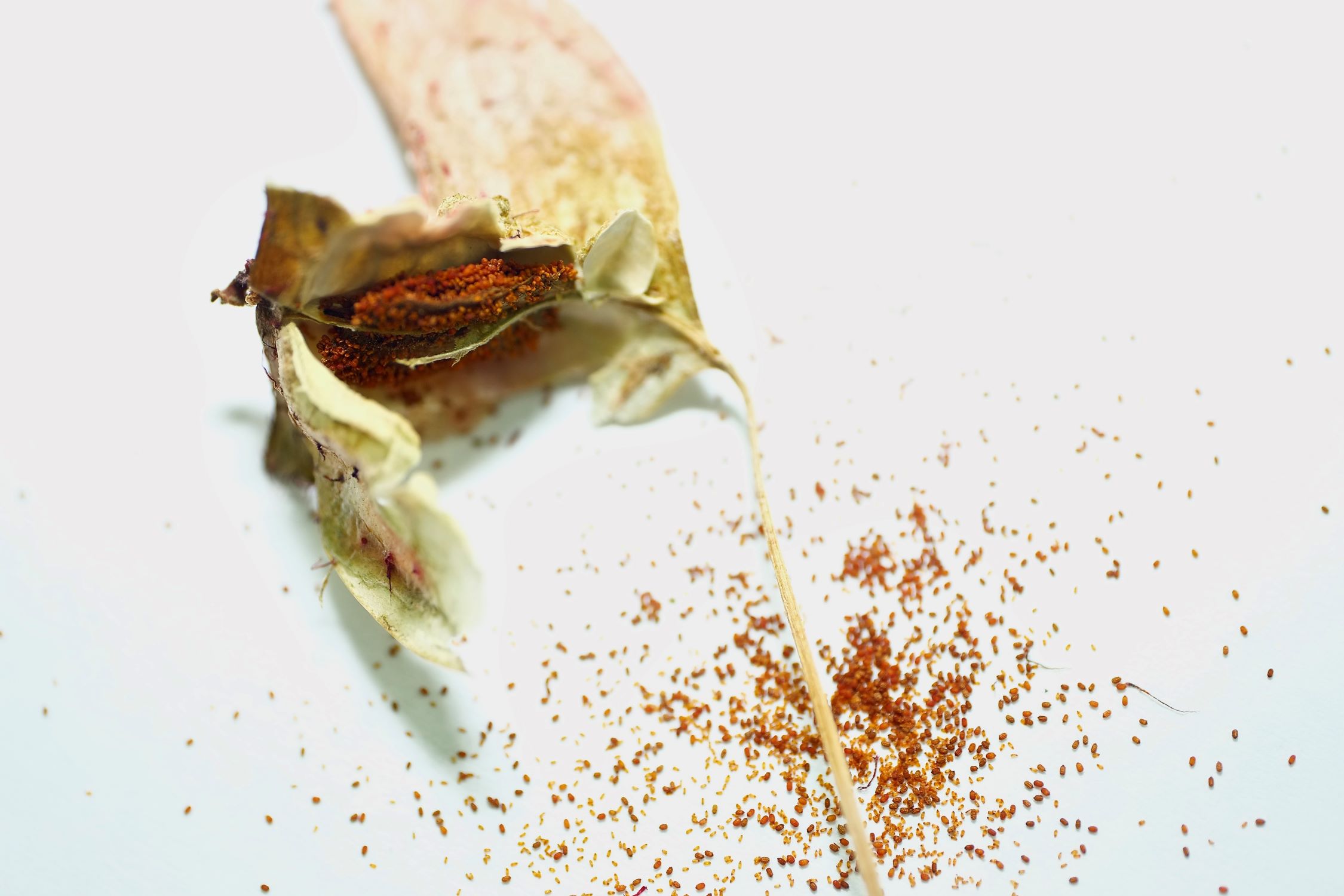
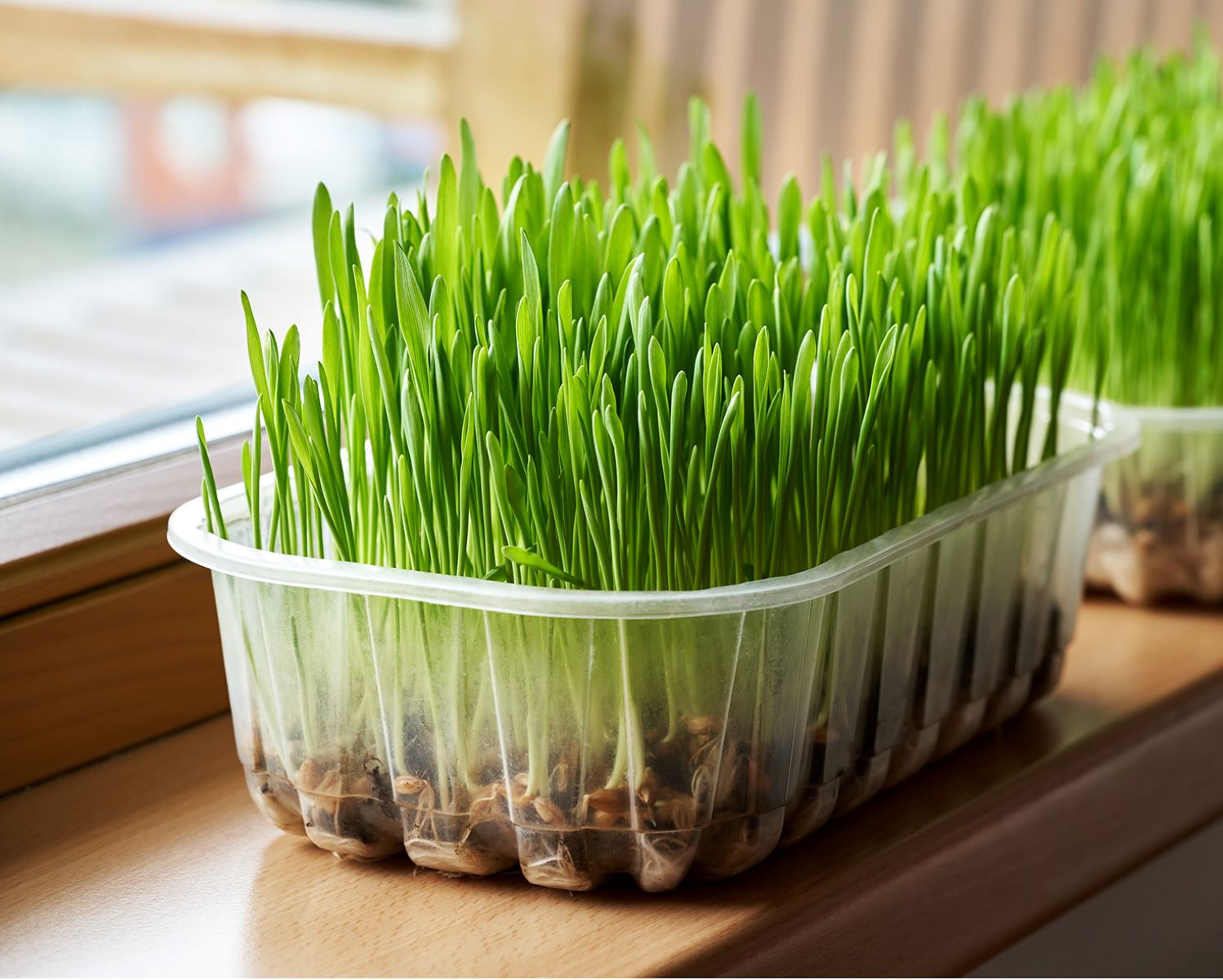

0 thoughts on “How To Harvest Seeds From Carrots”